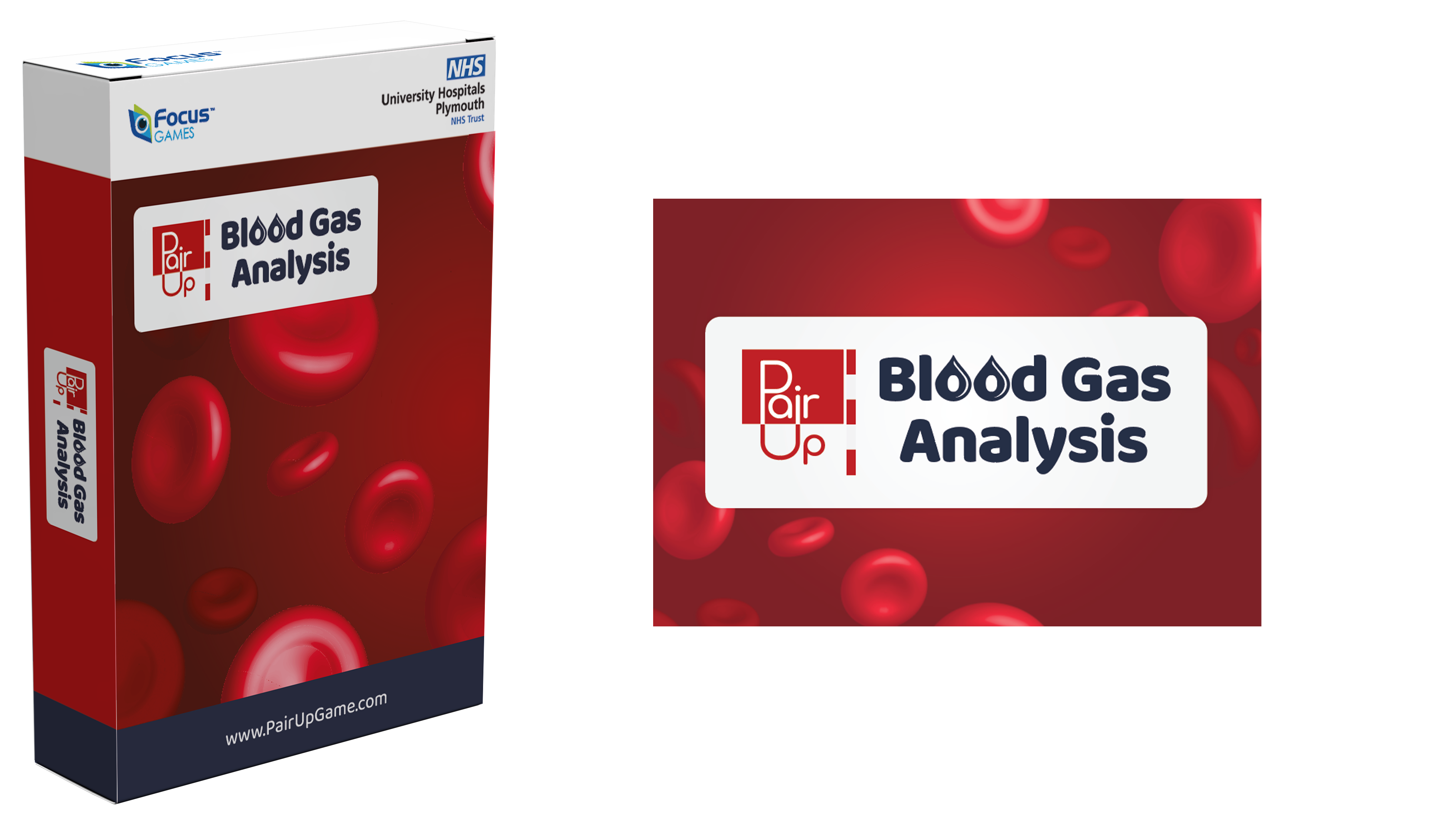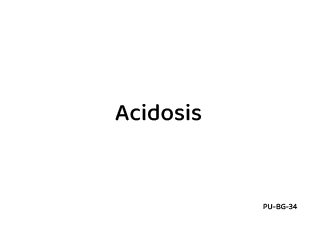Blood Gas Analysis
Pair Up! Blood Gases is an easy-to-use, flexible teaching tool based on the “memory game”. It makes learning how to interpret blood gases fun, engaging and inclusive.
Pair Up Blood Gases can be played in different ways to suit everyone from new starters to students in the latter stages of training (e.g. in conjunction with Critical Care Competencies Steps 1-3).
A game session may feature many different interconnections and can lead to different discussions each time it’s played.
The game includes examples of compensation mechanisms. You can include these as appropriate to help players recognise and discuss typical changes seen in this complex process. The game also features electrolyte cards, allowing players to discuss normal and abnormal values.
The game also supports discussions around disease processes, clinical causes, typical clinical interventions and expected responses.
Example Match
Example standard learning conversation:
Respiratory rate of 8 is low (normal 12-20). This can lead to retention of CO2 ( hypercapnia) which is acidic. Acidosis refers to a pH below 7.35.
Example expanding knowledge learning conversation:
Discuss respiratory acidosis.Discuss potential causes of low respiratory rate with relevant treatments. Discuss normal and abnormal CO2 parameters and realistic clinical aims for patient groups.
Example complex learning conversation:
Discuss compensation mechanisms that the body engages in to counter acidosis. Discuss complex anatomy / physiology / disease processes.
Matching Blood Gases
Matching Blood Gases - Face Up
Looking to see which cards match?
Click on the button below to see which cards match:




